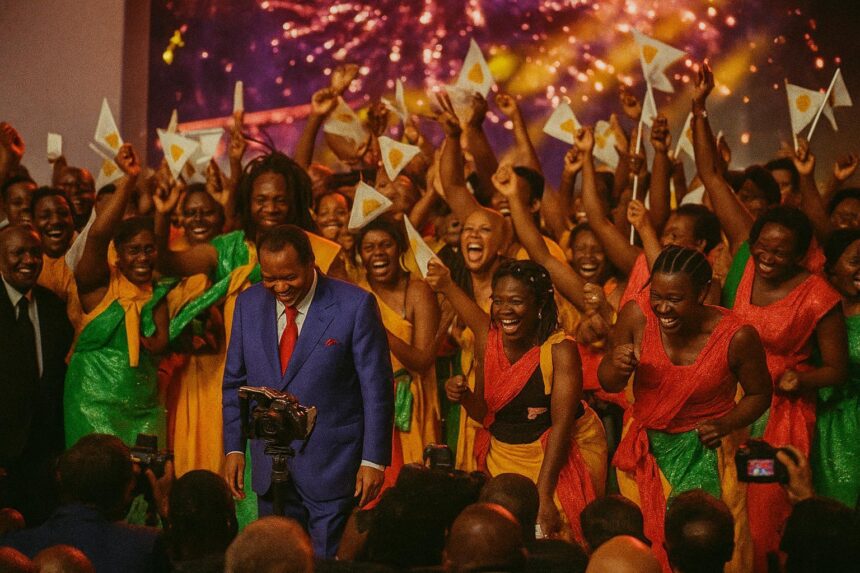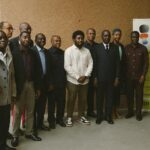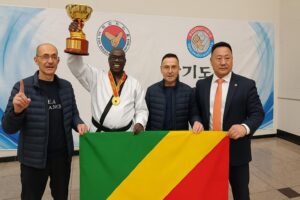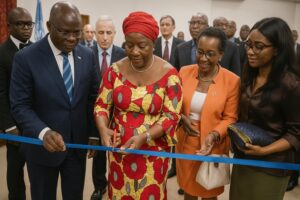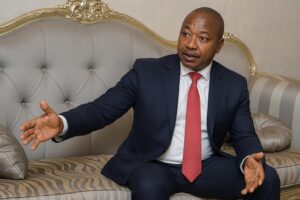Brazzaville’s Cultural Gala Under Presidential Patronage
With a measured flourish that recalled Bandung-era declarations of cultural sovereignty, President Denis Sassou-Nguesso pronounced FESPAM 2025 open before an over-subscribed assembly at the Palais des Congrès. The two-hour inaugural spectacle, awash in chromatic beams and ancestral percussion, framed the Head of State less as ceremonial host than as curator of an African opus whose leitmotif is continental cohesion. Congolese ministers, regional counterparts and a phalanx of diplomats sat elbow to elbow, signalling that the festival’s meaning transcends mere entertainment to embody a consensual exercise in soft power orchestration.
- Brazzaville’s Cultural Gala Under Presidential Patronage
- FESPAM’s Strategic Soft-Power Dimension
- Economic Ripples of a Continental Soundscape
- Synergies with UNESCO and Regional Players
- Artistic Flourish and Heritage Reimagined
- Scoring the Future: Toward Sustainable Creative Industries
- Conclusion: Harmony as Statecraft
FESPAM’s Strategic Soft-Power Dimension
Since its 1996 inception, the Pan-African Music Festival has evolved into a diplomatic instrument rivalling film forums in Cannes or Davos-style policy colloquia, albeit tuned to the polyrhythms of the Congo Basin. By convening artists from Lagos to Luanda, Brazzaville fashions itself a neutral agora where sonic identities negotiate mutual recognition. UNESCO Director-General Audrey Azoulay, addressing delegates by video, praised the event as “a convector of peace and innovation,” aligning FESPAM with the Organisation’s Convention on the Protection and Promotion of Cultural Expressions. Such endorsements consolidate Congo’s posture as a guarantor of intercultural dialogue in Central Africa, a region not always associated with uninterrupted harmony.
Economic Ripples of a Continental Soundscape
The economic sub-text of the festival resonated as clearly as any talking drum. Minister Lydie Pongault reminded attendees that creative industries already contribute close to 3 percent of national GDP, a figure the ministry anticipates could double by 2030 if value-chains around recording, hospitality and merchandising are systematised. Hotels along the Avenue de la Corniche reported occupancy spikes approaching 90 percent, while informal vendors encircling the festival perimeter experienced a quadrupling of daily revenue. The World Bank’s latest Creative Economy Outlook positions music as a high-yield, low-carbon sector—an appealing proposition for Congo’s diversification agenda amid volatile oil markets.
Synergies with UNESCO and Regional Players
FESPAM’s organisational architecture has been recalibrated to meet global governance benchmarks. The festival’s symposium, co-facilitated by the African Union’s Culture Division and observers from the International Federation of Musicians, will draft recommendations on intellectual-property management adapted to African legal ecosystems. Concurrently, the presence of the Democratic Republic of Congo’s Culture Minister Yolande Elebe Ma Ndembo signals an incremental détente between the two Congos, with cross-border music corridors discussed in discreet side meetings. In this sense, the Brazzaville stage doubles as a forward operating platform for wider regional confidence-building measures.
Artistic Flourish and Heritage Reimagined
Artistic programming offered a curated tour d’horizon of Africa’s stylistic continuum. Mariusca La Slameuse’s ethno-poetic overture invoked Kongo cosmology, while Kosmos Moutouari’s Bantous de la Capitale revisited rumba standards recently inscribed on UNESCO’s Intangible Heritage List. Choreographer Gervais Tomadiatounga threaded modern dance through Lingala folklore, illustrating how tradition can be repurposed without dilution. For younger attendees from Kinshasa and Kigali, such juxtapositions conveyed that modernity and patrimony are not antagonists but counterpoints in a larger, syncopated score.
Scoring the Future: Toward Sustainable Creative Industries
Looking beyond the crescendo of closing fireworks on 26 July, policymakers are already scoring FESPAM’s next movement. Commissioner-General Gervais Hugues Ondaye advocates the establishment of a regional music-tech incubator in Brazzaville, leveraging the city’s emerging fibre-optic backbone to host digital distribution hubs capable of bypassing legacy bottlenecks. Discussions with the African Development Bank indicate exploratory financing for such infrastructure, provided measurable benchmarks on youth employment and gender inclusion are embedded. In this matrix, the festival is less an isolated pageant than a living laboratory testing how cultural capital can translate into sustainable development indices.
Conclusion: Harmony as Statecraft
FESPAM 2025 therefore functions on several registers: it is a sonic celebration, a diplomatic conclave and an economic catalyst. By placing culture at the centre of its foreign-policy toolkit, Congo-Brazzaville demonstrates that soft power, when orchestrated with nuance, can generate both prestige and tangible growth. The applause that filled the Palais des Congrès on opening night will fade, but the resonances—in policy corridors, recording studios and tourist itineraries—appear poised to reverberate far longer.

